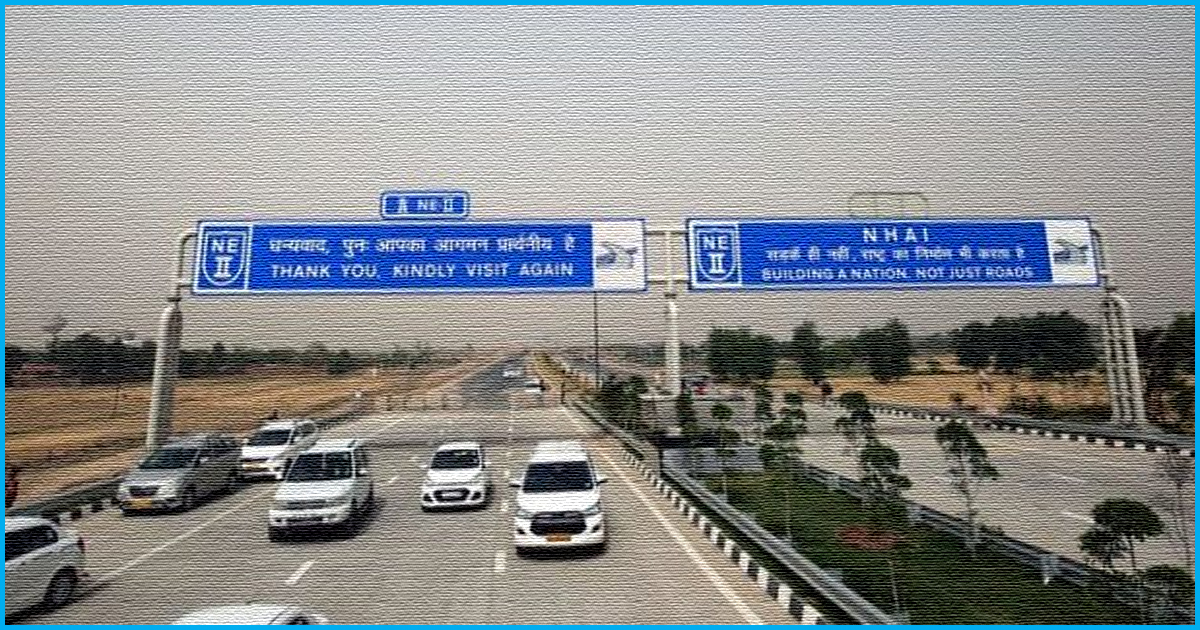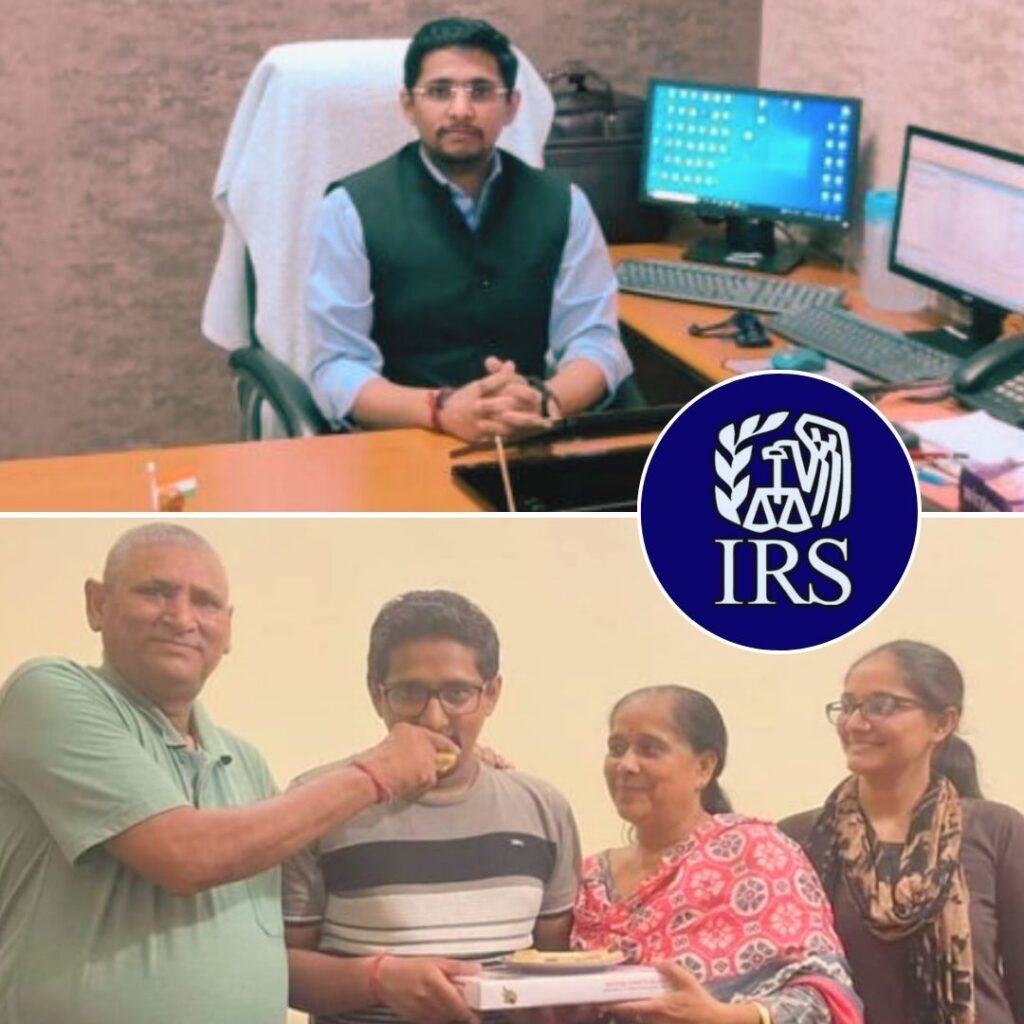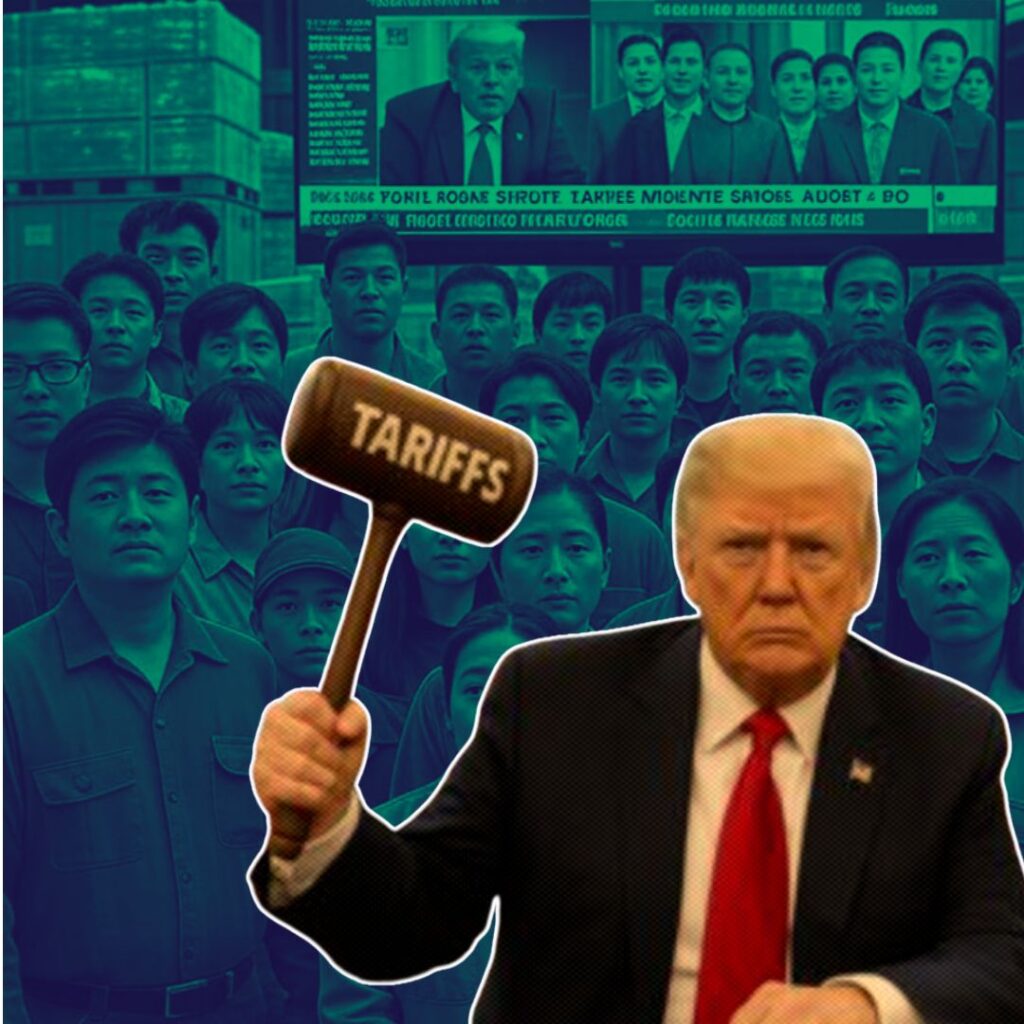A study on the condition of Indian highways conducted by the International Road Assessment Programme (iRAP), which is a World Bank funded agency and the Nation Highways Authority of India (NHAI) revealed that almost 30% of the Delhi-Mumbai stretch and more than half of the stretch between Mumbai and Chennai of the Golden Quadrilateral is unsafe for vehicles. Reportedly, this was a first of its kind study on Golden Quadrilateral which included both the aforementioned authorities.
Reportedly, the study which sought to determine the severity and the likelihood of accidents found that not only were stretches of the highways unsafe for commuters inside vehicles but also cyclists, two-wheelers and pedestrians as there are hardly any facilities for these road users. The golden quadrilateral project was launched in 2001 and is India’s largest highway project.
How was the study on Indian Highways conducted?
According to the Times Of India, the two highways of Delhi-Mumbai and Mumbai-Chennai were rated on a scale of one to five which was based on crash studies across the world. The study, which covered a distance of a little over 5400 kms concluded that only 40 kms in the two corridors could successfully secure the highest five-star rating, while another 245km got the four-star rating. Thee stars rating was accorded to 55% of both the highways combined. The rest 39% of both the highways combined got a one or two-star rating which isn’t considered safe for users.
Moreover, the report stated that when the speed of the vehicle is limited at 80 kmph, then about 824km of the Delhi-Mumbai stretch of the Golden Quadrilateral is unsafe, but when the speed limit is 100 kmph, then about 54% of the stretch (1,517km out of 2,795km) comes under the unsafe categories. In April, the Ministry of Road Transport and Highways notified the speed limit to be 100 kmph.
What recommendations did the report make?
The report is also said to have made recommendations such as the construction of central barriers, shoulder rumble strips, roadside crash barriers and shoulder rumble strips among others. The Times Of India reported that the report also advised on improving signage and delineation at intersections which would help in improving the condition. It also said that only spending Rs 724 crores on preventive road safety measures would help save Rs 14000 crores spent on saving lives and preventing injuries. It said that it would be more realistic for central and state governments to aim to achieve a three-star rating for all highway users instead of the ideal five-star rating.
It is no secret that road accidents in India are ever-increasing. A report on Road Accidents in India 2016, published by Transport Research wing under Ministry of Road Transport & Highways, Government of India, revealed that in 2016 at least 4,80,652 accidents lead to 1,50,785 deaths. The report also revealed that 34.5% accident deaths occurred on National Highways, while 27.9% accident deaths happened on State Highways. The recent study on the Golden Quadrilateral is particularly important considering, Nitin Gadkari, the Minister of Road Transport and Highways in India has reportedly continuously been stressing upon the need to bring down the number of fatal road accident cases down by 50% by the year 2020.
Also Read: Father Lets 5-Yr-Old Daughter Drive Two-Wheeler On Busy Road, Gets Licence Suspended For A Year











